By Joey Clarke, Senior Science Communicator
Australian Wildlife Conservancy’s wildlife translocation program spans the continent. A series of significant mammal reintroductions is underway this year, involving all our regional teams and made possible by AWC’s national network of feral predator-free safe havens. Establishing secure populations of threatened species helps safeguard them from extinction and is an important step towards restoring healthy, functioning ecosystems.
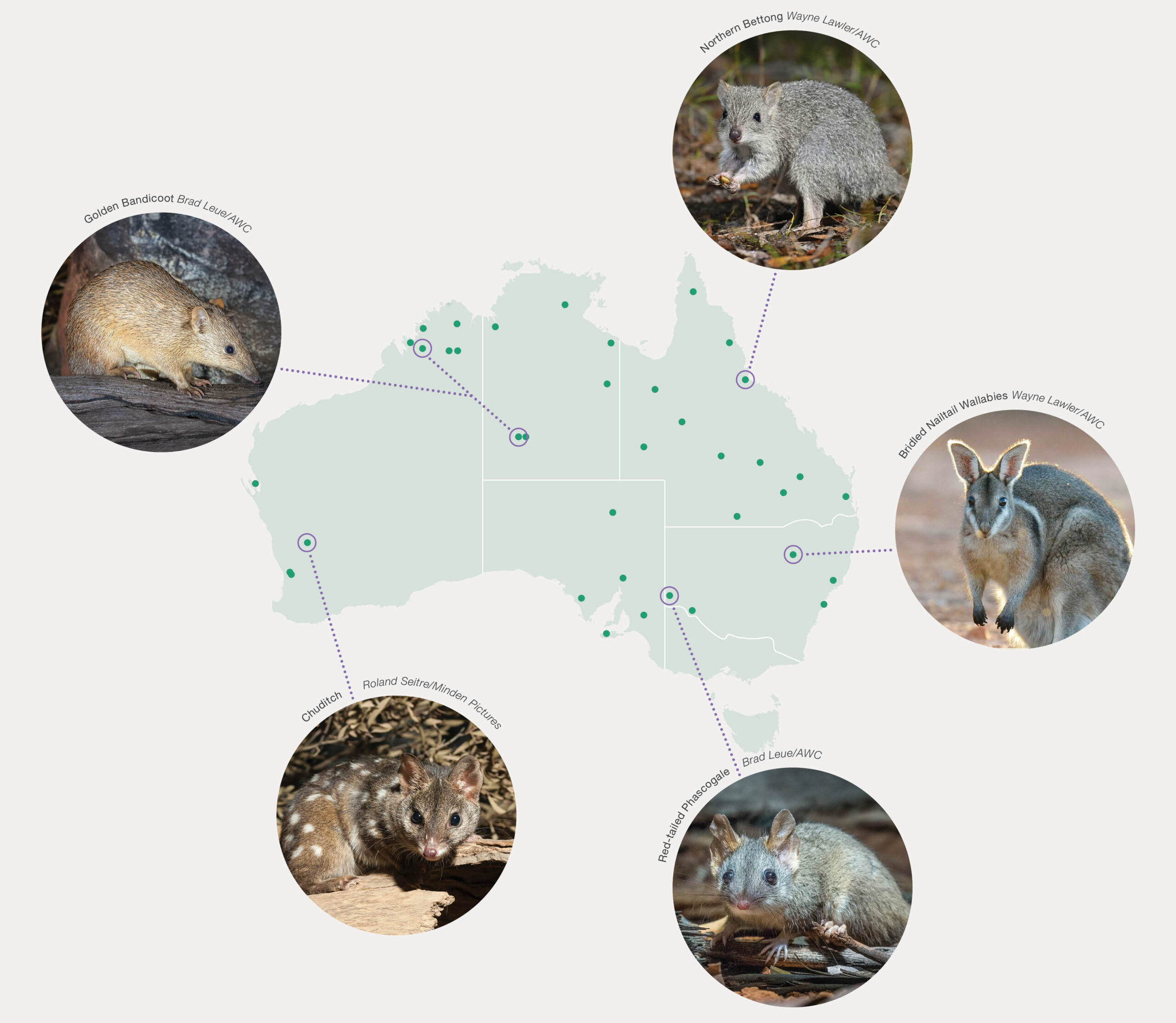
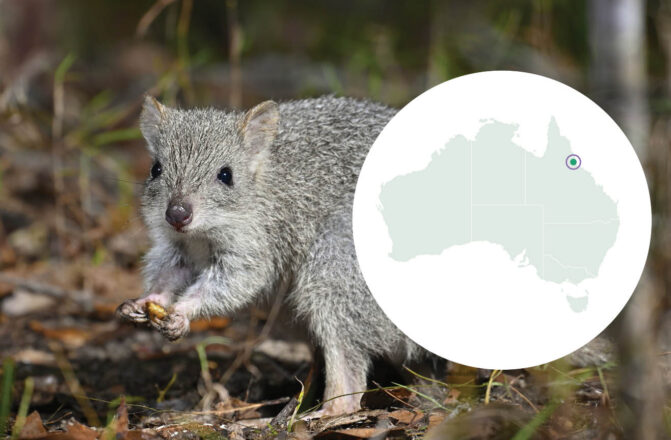 Wayne Lawler/AWC
Wayne Lawler/AWC
The Northern Bettong is among the most highly threatened Australian mammals. With two populations remaining (and fewer than 1000 individuals in total), this tropical fungivore was recently included among the federal government’s list of priority species under the Threatened Species Action Plan. AWC’s long-running wet sclerophyll restoration project has been preparing the ground at Mount Zero-Taravale Wildlife Sanctuary for the return of the Northern Bettong for over 15 years, through the re-establishment of a regular, low-intensity fire regime to open up and reinvigorate the grassy understorey. In May, the AWC team will conduct a critical translocation of this species with up to 55 founders from the Lamb Range and Mount Carbine populations.
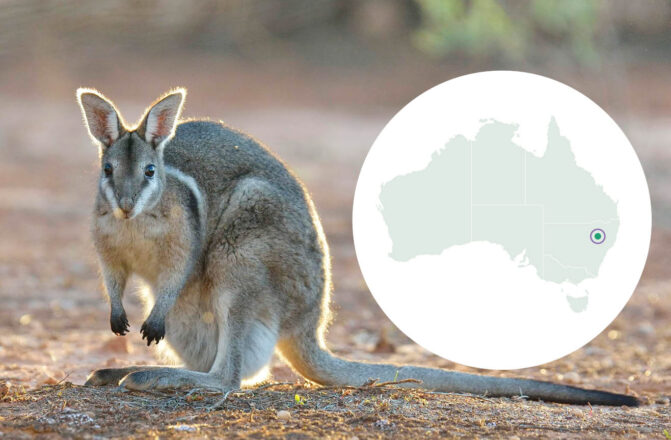 Wayne Lawler/AWC
Wayne Lawler/AWC
In late 2022 we bid good riddance to Rambo the fox in the Pilliga, bringing to a conclusion the three-year battle to clear the 5,800-hectare safe haven of feral animals. The feral-free status triggers the next phase in the reintroduction program at the site, where AWC is working in partnership with the NSW National Parks and Wildlife Service. Threatened species including Bilbies, Bridled Nailtail Wallabies and Brush-tailed Bettongs which had been reintroduced into a smaller 680-hectare breeding area in the western part of the safe haven have now been given access to the larger area. Two additional species, the Plains Mouse and the Shark Bay Bandicoot, are slated to join them in 2023.
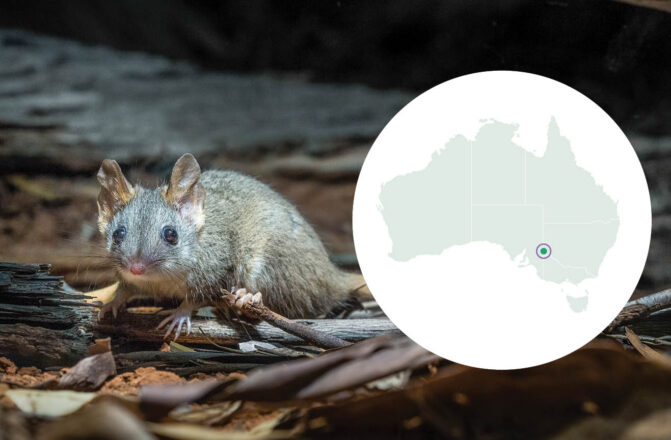 Brad Leue/AWC
Brad Leue/AWC
In 2021, AWC helped establish a captive breeding program for the Red-tailed Phascogale at Adelaide Zoo with animals sourced from wild populations in the south-west of Western Australia. This program has proven very successful, and the resulting population has become a source for recent reintroductions to both Newhaven Wildlife Sanctuary and Mallee Cliffs National Park. In 2023, AWC will release the first of three cohorts of Red-tailed Phascogales to Scotia Wildlife Sanctuary in western New South Wales, returning these small, arboreal predators back to the mallee. This reintroduction is made possible by $115,000 in funding from the NSW Department of Planning and Environment’s NSW Environmental Trust.
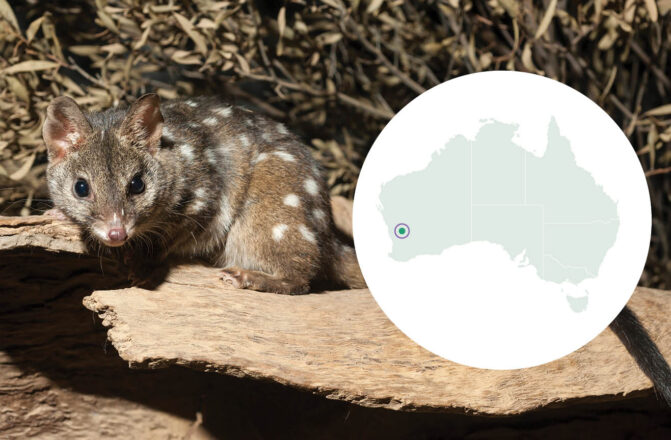 Roland Seitre/Minden Pictures
Roland Seitre/Minden Pictures
The reintroduction of the Chuditch (or Western Quoll) to Mt Gibson Wildlife Sanctuary represents the second species to be released outside the fenced safe haven at the site, after Brushtail Possums, first released there in 2021. As the largest marsupial carnivore in WA, the return of this native predator to the landscape is significant, as predators have a disproportionate influence on how ecosystems operate. Alongside ground-based radio tracking, AWC is working with Wildlife Drones to carry out aerial tracking of some of the quolls, a subset of which have been fitted with VHF-transmitter collars. Eleven Chuditch were involved in the initial translocation from Julimar, with supplementary releases planned in coming years. The Chuditch release marks the tenth species to be reintroduced to Mt Gibson Wildlife Sanctuary, to our knowledge the highest number of species ever reintroduced to a single site.
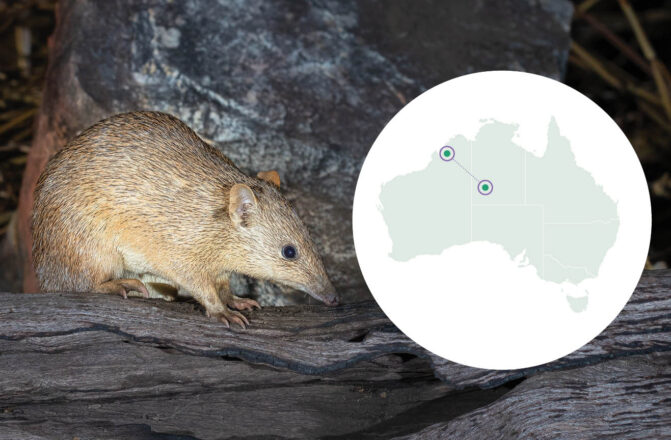 Brad Leue/AWC
Brad Leue/AWC
Bandicoots have been snuffling through the Australian undergrowth for 30 million years, digging up roots, grubs, eggs and termites and hunting for spiders, centipedes and small reptiles. In the last 250 years, populations of these small, ground-dwelling marsupials have been ravaged by feral cats and foxes; at least seven species have been wiped out. The Golden Bandicoot was formerly found across millions of hectares of arid and semi-arid areas from western Victoria and NSW to the coast of Western Australia, but it has been extirpated from 95% of its historical range. The species now survives in a handful of island populations and in the complex rocky ranges of the Kimberley. At Charnley River-Artesian Range Wildlife Sanctuary, AWC ecologists have undertaken extensive targeted trapping surveys over the past three years to map the distribution of the bandicoots. Meanwhile, plans have been developed to re-establish a population at Newhaven Wildlife Sanctuary, on the other side of the Tanami Desert. Newhaven hosts one of mainland Australia’s largest feral predator-free safe havens, where six locally extinct mammal species have already been reintroduced and are becoming established. Golden Bandicoots were last reported from the Tanami Desert in the mid-1960’s.
Read and download the full issue of Wildlife Matters here.
Help AWC continue to be a global leader in wildlife reintroductions
Donate Now